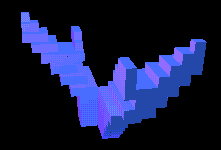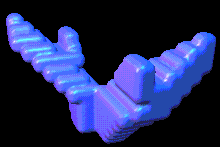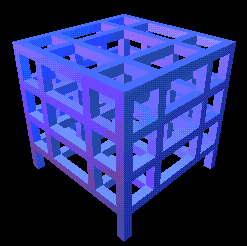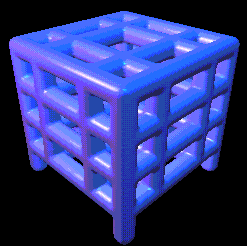Direct Volume Rendering

|
Scientific visualization of volume data is increasingly being used in
applications such as Medical Imaging and Computational Fluid Dynamics (CFD).
Due to the irregular nature of the geometry of (CFD) applications, volume data
for (CFD) applications is stored in curvilinear or unstructured grids.
This increases the computational and memory resources needed to render the
volume due to the limited amount of geometrical coherence that can be exploited.
A method of rendering multiple, possibly intersecting, curvilinear and unstructured
grids is presented.
This method, which has been implemented for a MIMD parallel architecture is based on a
scan-line algorithm and provides ray-traced quality images efficiently by taking
advantage of polygonal coherence between scan-lines.
It is capable of rendering intersecting grids without the computational and
spatial expense of subdividing intersecting cells, which most ray-tracing and
all cell projection methods must do.
Further efficiency is obtained by the use of a K-dimensional tree with
prefix-order partitioning of triangles, to reduce the number of primitives that
must be processed for one rendering.
All rendering is done in software which eliminates the need for specialized graphics
hardware.
(Movie is 1.5 Meg)
|



